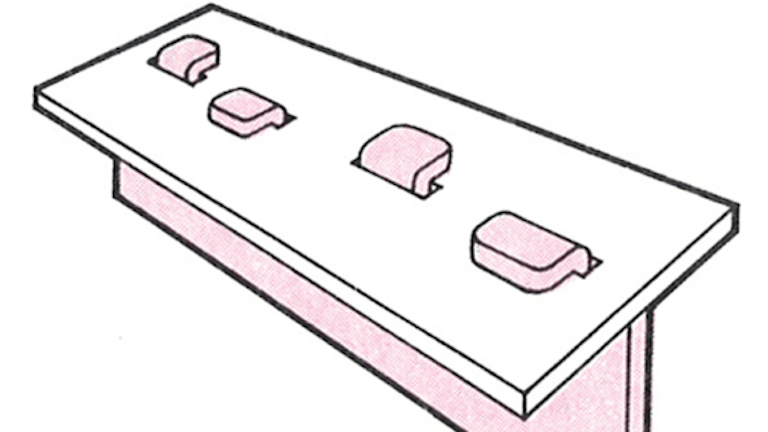The parts that have been cut neatly are the parts where the clearance is small.
Burr direction in sheet metal.
Burr direction side of the stock on which burrs appear.
What is a burr and how is a burr defined.
Burr height up to 10 of material thickness can be expected.
Burrs can interfere with subsequent forming processes.
Every manufacturer and industry segment defined a burr differently.
De burring can be avoided by considering the direction of the burrs in the design of the parts.
An unclear definition of burrs was a problem manufacturing faced for many years.
Figure 1 the sheared edge exhibits some distinctive characteristics.
Metal burr extending beyond the edge of the cut piece view on the cut face top and from the bottom bottom a burr is a raised edge or small piece of material that remains attached to a workpiece after a modification process.
Apart from the above there are other causes of burr generation.
It is usually an unwanted piece of material and is removed with a deburring tool in a process called deburring.
Figure 2 a burr or protruding ragged edge shown at 100x magnification occurs as the material is sheared at an angle against the blanking direction.
If operators and technicians try to solve cut quality problems without considering the process fundamentals they may be shooting in the dark.
More ductile metals tend to form larger burrs.
These methods are used to more accurately detect minute amounts of metal.
2 workpiece resulting from blanking operation.
Creation of a formed feature by angular displacement of a sheet metal workpiece.
In manufacturing practice sharp tools can mitigate burrs.
Attaining a burr free cut is about ensuring the beam parameters and gas dynamics work together to ensure the right amount of molten metal evacuates the kerf at the right time and in the right way.
The appearance of burrs will greatly reduce the quality standard of metal workpieces so it should be prevented or managed to remove burrs.
These variations created problems for shops trying to provide deburring solutions and for customers trying to figure out what solutions to look for.
They include burrs fracture burnishing rollover and work hardening.
See also drawing and forming blank 1 sheet metal stock from which a product is to be made.
The burr is a thin ridge of material that is formed due to the elongation of metal during the final separation of the sheet.
Burr is a metal part of the metal casting milling or electroplating process metal surface residual or extremely fine microscopic metal particles.
Inspectors can use a range of tools like toothpicks locates burrs and steps as small as 0 0005 inches pencils assesses whether or not a burr is rigidly adhered and a fingernail detects burr height and sharpness.
Stamping includes a variety of sheet metal forming manufacturing processes using a machine.

